Industrial Product Design
Summary: While environmental design connects people with places, it is industrial product design that requires further reflection on the type of content and tools that the design will be applied to. A skilled industrial designer must understand how to refine and merge Environmental Graphics with Industrial Product Package Design, as the two are intertwined.
Examples of Industrial Graphic Designs
Examples: Signage, Public places branding: e.g. Stadiums, Museums, Public Transportation, etc. Office branding, Retail Store interiors, Venues for Events, Conferences, etc. In addition, design language, knowledge of materials, architecture, and technology knowledge related to manufacturing and product development are also necessary.
What to Expect from Our Help
Travel businesses, public transportation, retail stores, and some office buildings use environmental design to create a lasting visual impact. This includes all communication within the building and location environment, such as digital texts on the exterior and interiors of museums, digital billboards in offices, museums, and exhibit layouts. These designs combine graphics, architecture, landscape, interior, and industrial design elements to create maps, signage, and other visual elements that people use to navigate the world. On the other hand, industrial product design entails the scientific elements of environmental design for the material product that is being produced. This includes the effect natural or unnatural materials have on the atmosphere.
Our industrial graphic designer, therefore, considers both the commercial and environmental aspects when designing a product, making them interdependent. Furthermore, they understand the relationship between design and brand when it comes to combining trends in research. As well as the importance of building strong, balanced portfolios that elevate the effects on the human experience.
